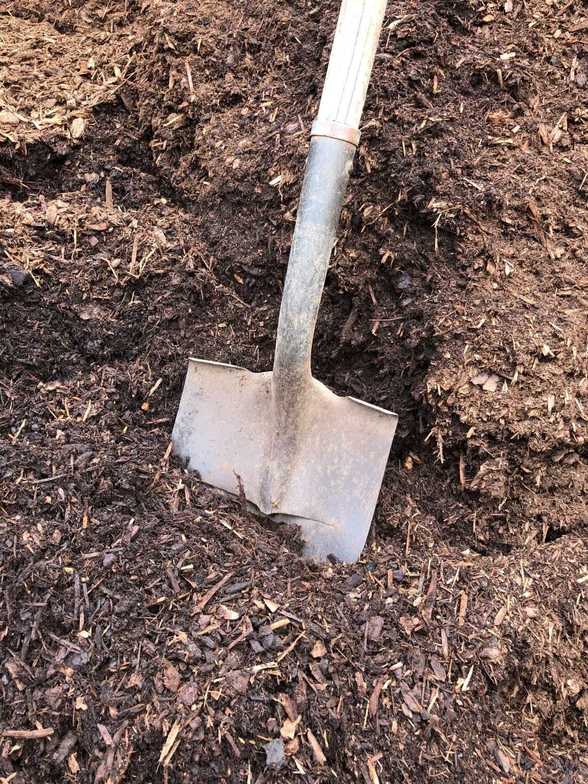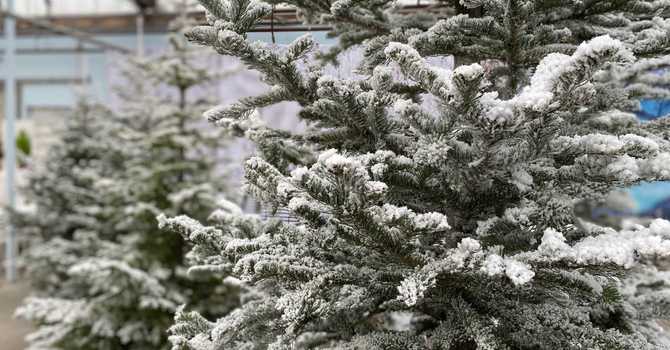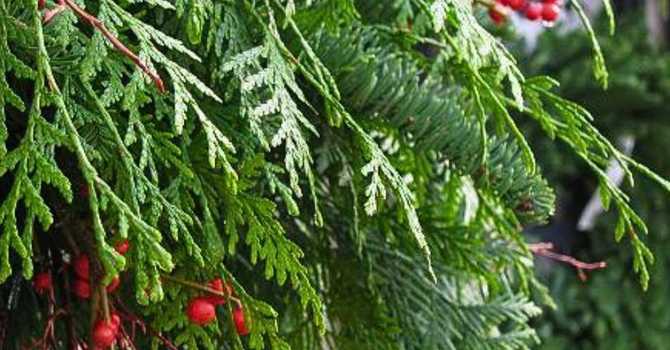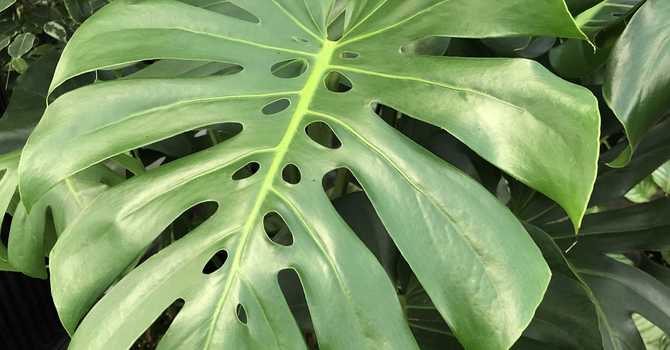
Fall is a great time for planting trees and shrubs, but it is also a good time to re-located plants that may do better in another location. Whether it has simply grown too large for its location, or if you’re making some changes to your landscape layout, there are some questions to answer before you dig in.
Who: Is this particular plant a good candidate for moving? Some, like rhubarb, do not like to be moved, so they are best kept where they are. Very well-established plants may not appreciate being uprooted either. During the dormant season, most perennials and ‘manageable-size’ trees and shrubs can be moved with success, provided they are given a good sized rootball and moved into a well-prepared area (more on this below).
Why: Why are you moving your plant? Aesthetic decisions are one thing, but if you’re wanting to re-locate it because it’s struggling, please determine why it’s struggling first. Should the issue be with drainage or the soil it’s in, the solution could be to simply amend the soil (i.e. work bark mulch and/or Sea Soil along the drip line). Should the issue be to do with blooming, perhaps it has been a pruning issue and nothing to do with the location, so a simple pruning is all that is necessary. If, however, you know it was just planted in the wrong place, then yes, a move might be your answer!
Where: Where are you going with it? The golden rule – Right Plant, Right Spot – is a guiding principle, so just make sure your new destination will in fact be the solution to your problem, and don’t pull out a plant without having prepared its destination first. If you have to keep it in a pot for a short period until you can set it in its new home, that’s okay, just be sure to use well-draining container soil and treat it as you would other container plants, namely be prepared to move or wrap it during the coldest part of winter.
When: Plants that are hardy to your zone (the Fraser Valley is rated zone 6) are best moved carefully in late October and deciduous plants moved when the leaves are off. Once replanted, they will begin to make new roots and will become settled in nicely for the spring growing season. For tender zone 7 trees/shrubs, do not move them now, wait to move them in mid-late March instead. For winter, protect them as needed with frost protection cloth like N-Sulate and/or a dressing of mulch.
How:
1. Tie the tops of evergreens and deciduous shrubs in order to see the soil below. The root system usually spreads to the outer edge of the plant. You can form the root ball halfway between the plant and the farthest roots. With a good, sharp shovel, dig down straight and remove the outside soil to expose a root ball. Wrap the root ball with burlap and tie it with jute/twine to keep it all held together.
2. Dig a new planting hole one-and-a-half times as big as the root system that you have just carved out. Work lots, up to 50%, of fine fir or hemlock bark mulch into the soil that you removed, to create a well-draining mix that you will backfill with. Place enough of this amended soil back into the hole so that, when you set the rootball in, the top of the ball is even with the top of the soil. Keep the burlap on.
3. Fill the remainder of the hole with a mix of fine fir bark mulch and good soil, firming the soil as you go. Water thoroughly. Then apply some liquid transplanter to encourage the growth of new roots. Keep the planting hole moist.
This is a ‘new plant’ now, so please remember to give it good thorough drinks during dry spells next year to help it re-establish well in its new home.


